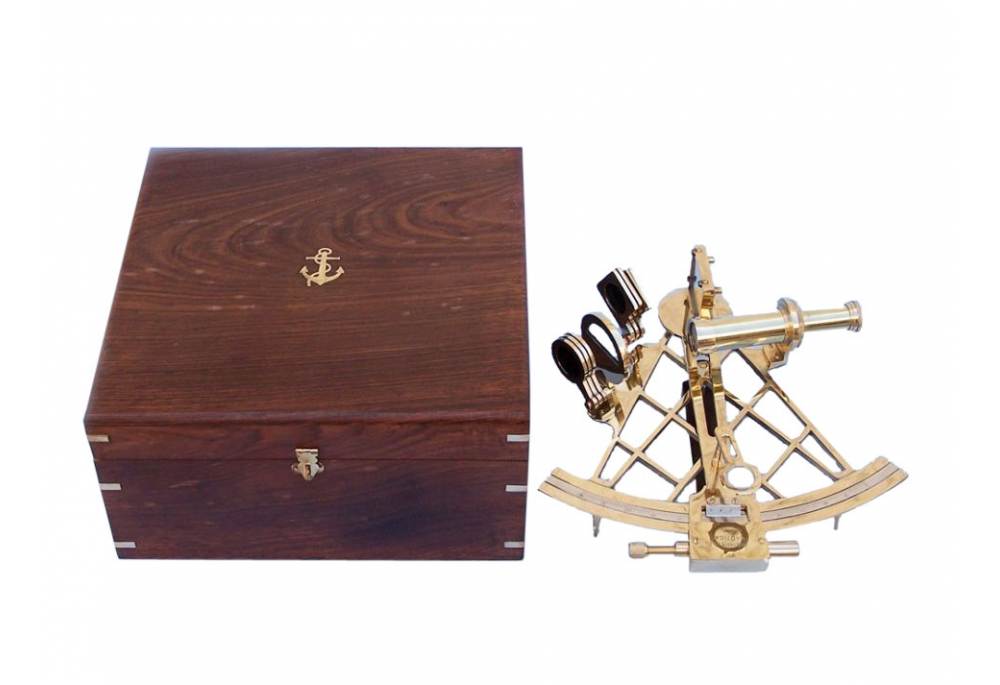- Hold the sextant vertically and look at the horizon.
- Adjust the index arm until the horizon is bisected in the eyepiece.
- Look at the celestial object you want to measure the altitude of.
- Adjust the index arm until the celestial object is bisected in the eyepiece.
- Read the angle on the scale.
- Here are some tips on how to use a sextant:
- Make sure the sextant is properly aligned before use.
- Use a steady hand when taking readings.
- Take readings of both the horizon and the celestial object several times and average the results.
- Use a chronometer to get the correct time of the observation.
- Use a nautical almanac to find the position of the celestial object at the time of the observation.
- Use a chart to plot your position.
Here are some of the common errors when using a sextant:
- Index error: This is the error caused by the index arm not being perfectly aligned with the plane of the mirrors.
- Collimation error: This is the error caused by the mirrors not being perfectly aligned with each other.
- Parallax error: This is the error caused by the observer’s eye not being in the same plane as the mirrors.
Here are some of the safety precautions when using a sextant:
- Never look directly at the sun with the sextant.
- Use the proper eye protection when looking at the sun.
- Be careful not to drop the sextant.
- Store the sextant in a safe place when not in use.


